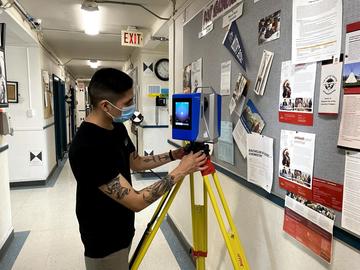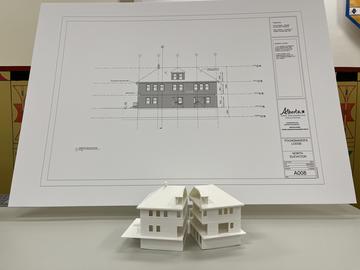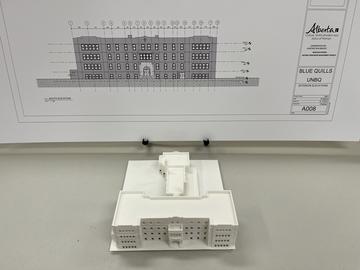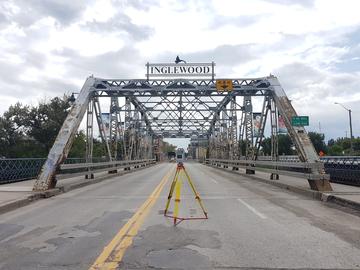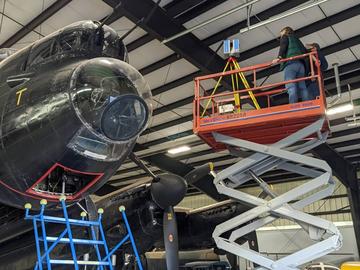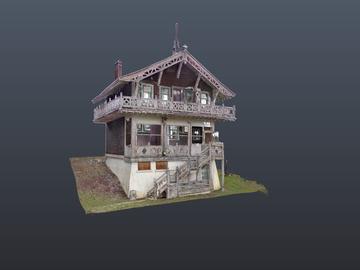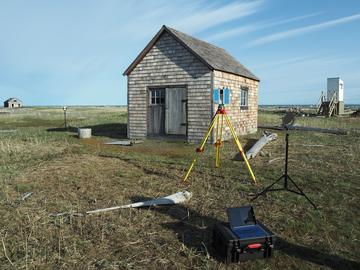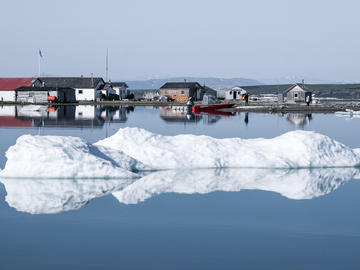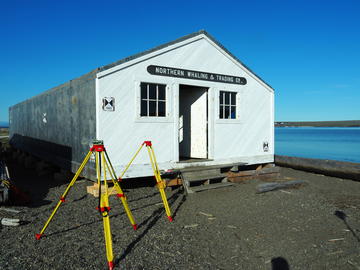

Dr. Peter Dawson
Positions
Department Head
Contact information
Web presence
Phone number
Office: +1 (403) 220-4855
Cell: +1 (403) 819-9911
Location
Lab: Earth ScienceES806A
I'm looking for...
Research partners
Heritage organizations interested in working with our team to digitally capture, preserve, and mobilize knowledge about heritage sites that are valued by associated individuals and communities.
Background
Educational Background
B.A. Anthropology, University of Toronto, 1990
Doctor of Philosophy Archaeology, University of Calgary, 1998
M.A. Anthropology, University of Toronto, 1992
Biography
Dr. Peter Dawson is Past Department Head (2018-2023) and Former Acting Executive Director of the Arctic Institute of North America (AINA) (2012-2013). He is currently a Professor in the Department of Anthropology and Archaeology.
Dawson has published on a variety of topics on the archaeology of the Canadian Arctic and the Digital Preservation of Heritage at Risk. His research has taken him to some of the most remote locations in the circumpolar world. Dawson’s research is informed by principles associated with the Archaeology of Care, in which the care and support of contemporary communities is encouraged through archaeological practices. Examples include his research on using archaeology to examine Inuit housing issues in Nunavut, and the digital preservation of former Indian Residential School sites in Alberta. Dawson is the Creator and Director of three digital heritage archives which serve as repositories for 3D laser scanning data from heritage sites at risk in British Columbia, Alberta, and the Yukon. This work is supported by a transdisciplinary team of researchers from the Departments of Computer Science, Geomatics Engineering, and Library and Cultural Resources at the Taylor Family Digital Library. His work in heritage conservation was recently recognized by the Government of Alberta through an Alberta Heritage Award (2024).
Research
Areas of Research
Participation in university strategic initiatives
Courses
| Course number | Course title | Semester |
|---|---|---|
| ARKY 333 | Archaeology and the Media | Winter 2025 |
| ARKY 531 | Fundamentals of Digital Heritage | Winter 2025 |
Projects
The Indian Residential School (IRS) system has left a legacy of trauma and cultural disconnect that is still impacting survivors of the schools and Indigenous communities. In several of the Calls to Action (78ii; 82; 83) as defined by the Truth and Reconciliation Commission of Canada (TRC) the issue of the preservation and commemoration of IRS are addressed. However, out of the conservatively estimated 114 schools operating nationally at the height of the system in the 1940’s only 17 of the structures still remain today. This project works with Indigenous communities to digitally document the still standing IRS structures of Alberta.
Exploring how digital technology can be used to preserve, protect, and mobilize knowledge about Alberta's diverse heritage sites. From tent rings and bison jumps to large scale industrial structures, Alberta's heritage resources reflect our collective histories. Wildfires, flooding, vandalism, and development continue to place Alberta's heritage at varying degrees of risk. Reality capture technologies like terrestrial laser scanning (TLS) and aerial photogrammetry can be used to digitally capture and preserve provincial heritage resources. This archive serves as a repository for these digital data sets so they will remain accessible to future generations. Scroll down or click on the button below to view interactive 3D models and other content! Be sure to visit the archive often, as more and more heritage sites are added.
Exploring how digital technology can be used to preserve, protect, and mobilize knowledge about Qikiqtaruk Herchel Island. The significance of Herschel Island or Qikiqtaruk Territorial Park derives from its continuous use by both Inuvialuit and Euro-North American groups over the last 800 years, and the natural and cultural histories of the park. Of these cultural resources, there are several historic structures that are being threatened by rising sea levels, increased shoreline erosion, and increasingly violent storms caused by the disappearance of sea ice. Reality capture technologies like terrestrial laser scanning (TLS) and aerial photogrammetry can be used to digitally capture and preserve these heritage resources. This archive serves as a repository for these digital data sets so they will remain accessible to future generations. Scroll down or click on the button below to view interactive 3D models and other content!
Awards
- Peak Scholar, University of Calgary. 2019
- Great Supervisor Award, University of Calgary. 2014
- Distinguished Teacher Award, University of Calgary. 2002
- Alberta Heritage Award - Heritage Conservation, Alberta Government. 2024
Publications
In the News
- Digital technology preserves historical Swiss Edelweiss Village. UToday. (2022)
- Touching History. Arch. (2022)
- Dr. Peter Dawson adds to Canadian military heritage with 3D scanning of WWII bomber plane.. University of Calgary. (2021)
- Project digitally preserves former Indian residential schools in Alberta. UToday. (2022)
Are you the profile owner?
Login to edit.

